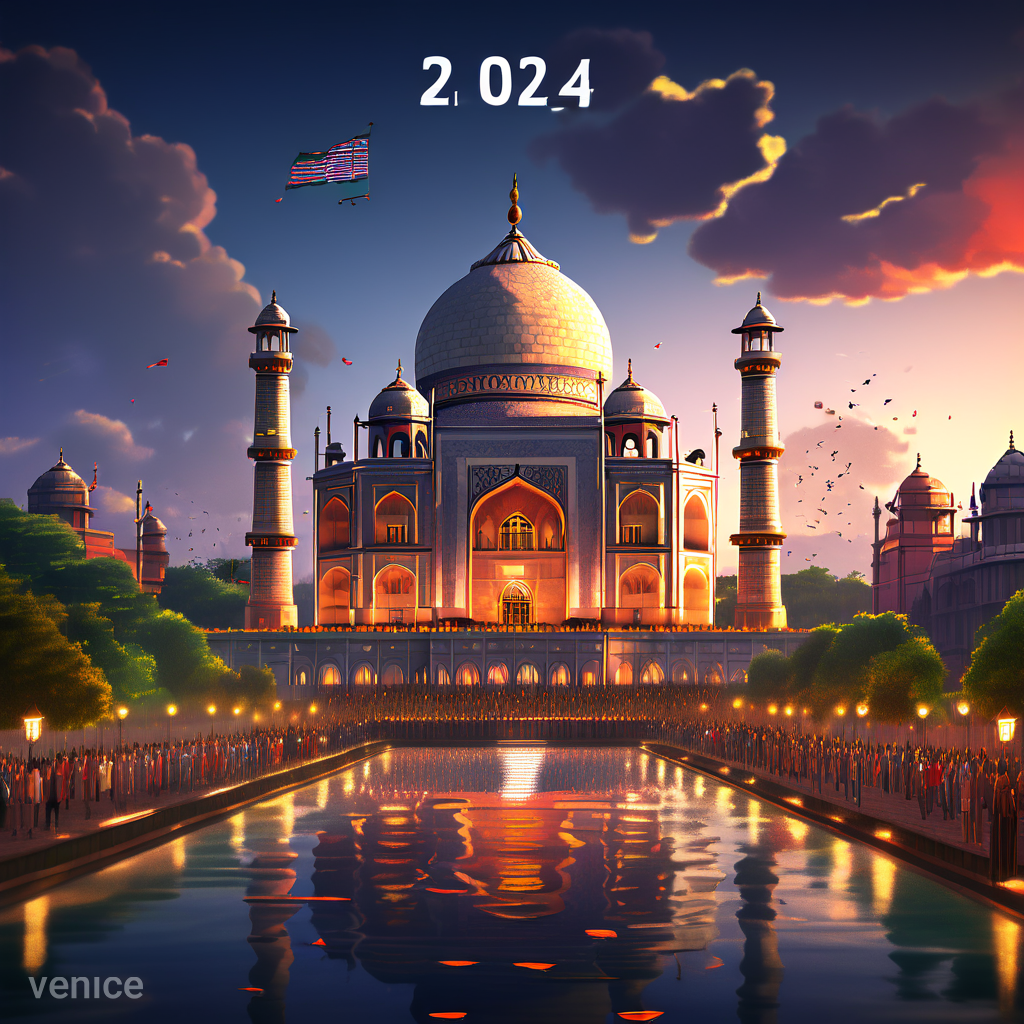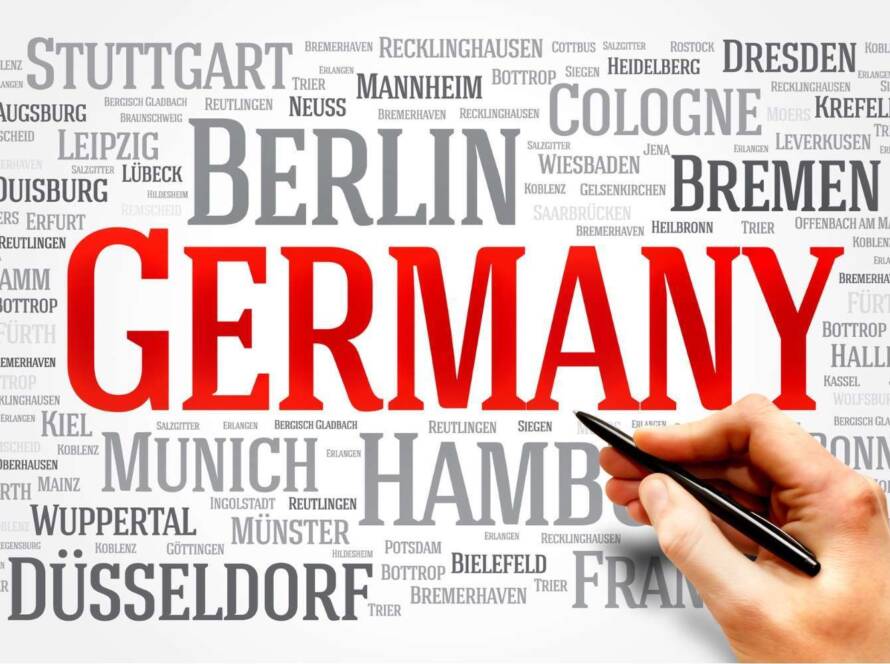Check out our LinkedIn article for the key take aways
Indian elections occur in seven phases, spanning several weeks, with each phase held in different regions of the country to manage logistics and reach remote polling stations. The Election Commission, supported by administrators, police, and paramilitary forces, ensures a transparent and well-publicized voting process.
Prime Minister Narendra Modi’s Bharatiya Janata Party (BJP) secured 292 seats in the Lok Sabha, surpassing the 272-seat majority needed to form a government. The opposition alliance, led by the Congress party, won 234 seats. This marks a setback for the BJP, which aimed for 400 seats but secured 353 in 2019.
The BJP has become a dominant force in national politics over the past 40 years, while Congress’s influence has declined. To challenge the BJP, Congress has formed the Indian National Developmental Inclusive Alliance (INDIA) with over 30 other parties. The BJP’s Hindu-nationalist populism is strong in the north and west, but faces challenges in the south from regional parties. The opposition may fare better at the state level, where the BJP holds about a third of over 4,000 state assembly seats.




1 Comment
Sudeepto
Well Christian, your understanding of India and the political landscape remains as strong as ever!
Yes the results were a sobering one for the ruling party, which now is dependant on support from their allies. However given the strong track record of PM Modi , he show no signs of removing his feet from the accelerator. The equity market is also happily following the Piped Piper! Watch this space for more action in next ew months.